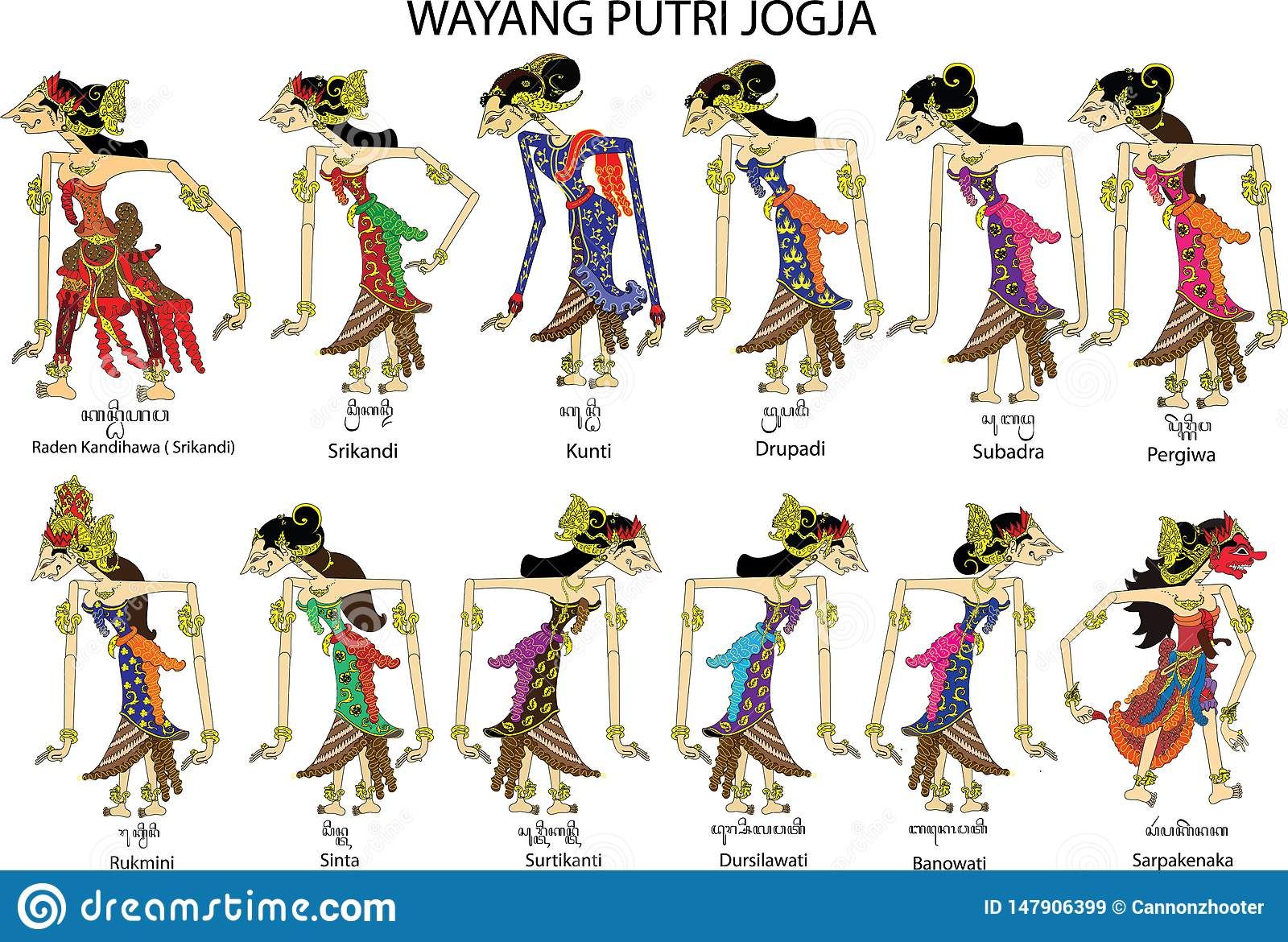Wayang Putri, also known as Wayang Dewi, is a traditional form of Javanese puppetry that primarily revolves around the stories of female characters. This art form has a rich history and is deeply rooted in Javanese culture. In this article, we will delve into the fascinating world of Wayang Putri, exploring its origins, techniques, and significance.
Origins of Wayang Putri
Wayang Putri originated in the royal courts of Central Java and Yogyakarta in the 19th century. It was considered a refined and elegant form of wayang (puppetry) compared to its more popular counterparts, Wayang Kulit and Wayang Gedog. Wayang Putri was mainly performed for the royal families, and the stories often revolved around princes and princesses, mythical beings, and tales of romance and heroism.
Techniques and Performances
Wayang Putri is performed by skilled puppeteers, who are known as dalang. The dalang manipulate the puppets behind a backlit white screen, while providing the voices and narrating the stories. The puppets used in Wayang Putri are intricately crafted, and they depict various characters such as princesses, queens, gods, and demons.
The performances of Wayang Putri are accompanied by a gamelan orchestra. The music adds depth and liveliness to the storytelling, enhancing the overall experience for the audience. The dalang skillfully combines puppet manipulation, storytelling, and music to create a mesmerizing performance.
Significance of Wayang Putri
Wayang Putri holds great cultural and artistic significance in Javanese society. The performances portray the nobility, grace, and beauty associated with the female characters. It serves as a medium to preserve and celebrate Javanese cultural heritage, passing down stories and traditions from one generation to the next.
The stories depicted in Wayang Putri often carry moral values and teachings. They highlight virtues such as bravery, loyalty, and love. The performances also serve as a source of entertainment and education, as they present stories from Javanese epics and folklore.
Additionally, Wayang Putri provides a platform for talented puppeteers to showcase their skills and creativity. It requires years of training and practice to master the art of manipulating the puppets and delivering captivating performances. The dalang play a vital role in preserving this traditional art form and ensuring its continuity.
Revival and Modern Interpretation
In recent years, there has been a renewed interest in Wayang Putri, leading to its revival and modern interpretation. Contemporary dalang are exploring new ways to present traditional stories and incorporate modern themes and techniques into their performances. Some dalang also experiment with different puppet designs and storytelling formats, attracting a wider and younger audience.
The revival of Wayang Putri not only helps to keep the tradition alive but also highlights the adaptability and enduring appeal of this ancient art form. It serves as a testament to the richness of Javanese cultural heritage and its ability to evolve with the changing times.
Conclusion
Wayang Putri, with its enchanting performances, intricate puppetry, and captivating storytelling, is a significant aspect of Javanese cultural heritage. Its elegant portrayal of female characters, moral teachings, and entertainment value make it a cherished art form in Indonesia. The revival and modern interpretation of Wayang Putri demonstrate its enduring appeal and its ability to continue captivating audiences for generations to come.




